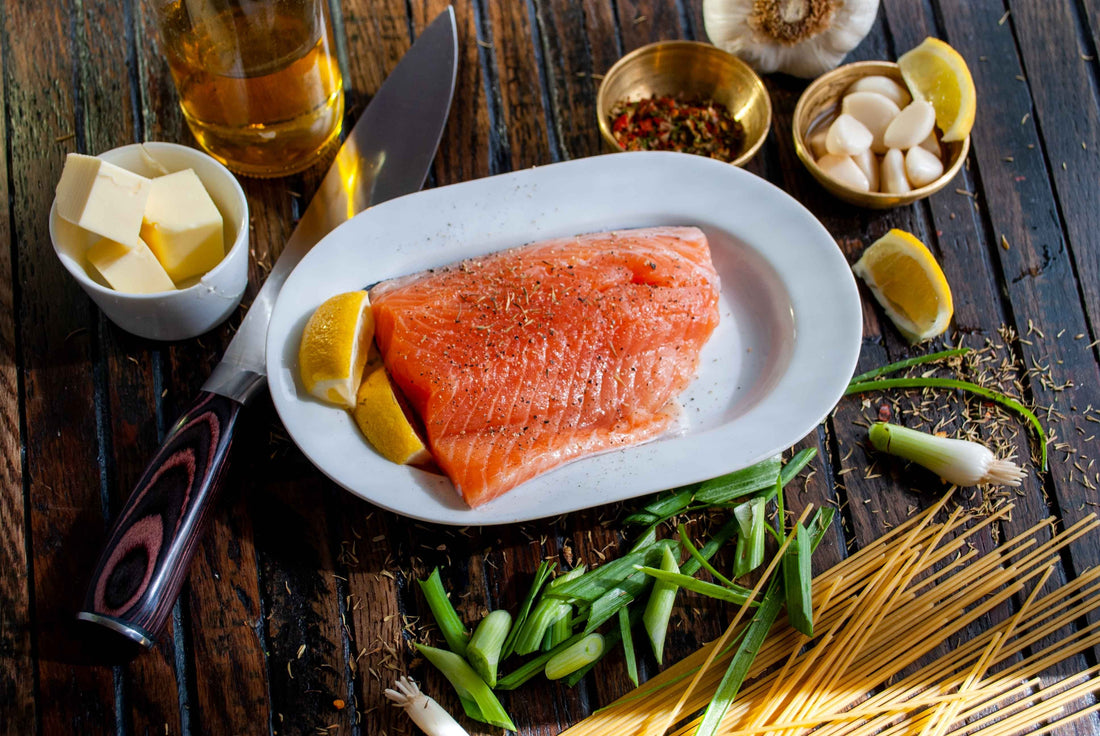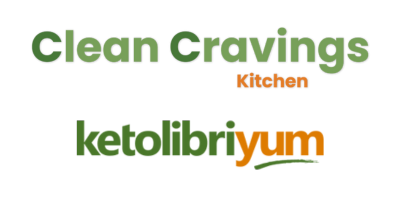
Understanding Keto Macros
Gloria PalcichShare
A keto diet can be a wonderful way to lose weight without suffering from hunger, cravings, and the loss of muscle mass that can accompany other diets for weight loss.
However, it can also be a challenging diet to start in the beginning. This is where knowledge of keto and macros could prove useful.
There are three types of macronutrients: fat, protein, and carbohydrates - that the body requires in large amounts for energy. Fat is the most predominant component of a ketogenic diet, followed by protein and carbohydrates.
We have brought together everything you need to know about tracking macros and how they can help you make the most of your keto diet plan.
How Do Macros Look on The Keto Diet?
Typical macronutrient distributions for keto diets include:
- 60 - 70 % of calories from fat
- 20 - 30 % from proteins
- 5- 10 % from carbs
The reason for the emphasis on low-carb is to reach ketosis, a metabolic state where the body burns fat instead of carbohydrates for energy.
How Do You Calculate Your Keto Macros?
The following equations can help you figure out how many calories you should be getting per day from carbohydrates, proteins, and fats.
This example is based on a 1500kcal diet with 70% of calories coming from fat, 25% from protein, and 5% from carbs. To find out how many calories you may need per day use our free keto macro calculator.
- Fat: daily caloric intake (1,500) x % of calories from fat (0.70) / number of calories per gram in fat (9) = 117g a day.
- Protein: daily caloric intake (1,500) x % of calories from protein (0.25) / number of calories per gram of protein (4) = 93g a day.
- Carbs: daily caloric intake (1,500) x % of calories from carbs (0.05) / number of calories per gram of carbs (4) = 19g a day.
What Does a Healthy Keto Plate Look Like?
Alt tag - Keto diet plate on black table. Low carb dish, baked meat, eggs, avocado, green salad, and cheese.
Keto diets are low in carbs. Healthy fats and moderate protein typically replace carbs, which are restricted to 20 grams a day. Let's find out what a healthy keto plate should consist of.
-
Include plenty of healthy fats
Keto meals should include plenty of healthy fat. Almost a fourth of your plate will appear to be fat, but keep in mind that your vegetables will be topped with fat and your meat, too.
Healthy fats are available in all kinds of different forms. Here are a few that you can choose from. Some ideal options include:
- Avocado
- Coconut oil
- Olive oil
- Fatty fish
- Almonds
- Walnuts
- Cashews

-
Limit your carbs
Eating too many carbs will prevent you from getting into ketosis so it is necessary to restrict your carb to 20g a day. Vegetables such as broccoli, cauliflower spinach should be the major source of carbs on the keto diet.
If they don't push your daily carb macros over their limit, you can also include legumes and beans and low-sugar fruits like blackberries or apricots.
-
Eat moderate protein
It is always recommended to source the highest quality of the protein you can afford, but the type of protein is dependent on personal preferences. Choose high-quality protein sources such as:
- Eggs
- Skinless chicken breast
- Fish (salmon, tuna, tilapia)
- Beef (lean ground beef)

A Final Word on Keto diet and Macros
Ketosis can be achieved without tracking macros, however, tracking macros helps you stay within your daily carb allowance, consume the proper amount of protein, and consume the appropriate number of calories.
If you don't feel like counting keto macros, keep processed foods like snacks, desserts, and sodas to a minimum, and avoid eating greasy or fried foods. Put your attention on the foods you should be eating more, rather than the ones you should be avoiding.
If you still find it difficult to figure out your keto macros, reach out to our coaching program and our professionals will do the hard work for you.
